Blog Posts
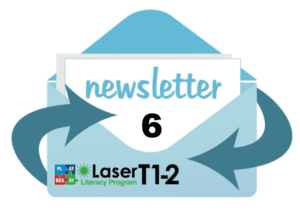
Playberry Laser T1-2 Newsletter 6
In this edition:
Multisensory Teaching and Learning – What is it? … Report Writing – What data do I use to report on reading and spelling? … Upcoming training dates …
End of year data analysis and sessions … Year One Writing is DONE! … Phase 7 has landed … Keeping Reading Card Decks Tight and Tidy.

To stream or not to stream in structured reading and spelling lessons?
‘Streaming’ is a dirty word in education, but so was ‘phonics’ not all that long ago. We think that general beliefs about streaming (ability grouping) deserves a rethink. What if we consider ability grouping from a standpoint of targeted reading and spelling instruction? Does differentiation offer what it promises, or is it a poor remedy for low-quality teaching and high-variance curriculum? And, given the huge variance of basic literacy skills in most Australian classrooms, can we really teach all students reading and spelling at grade level?
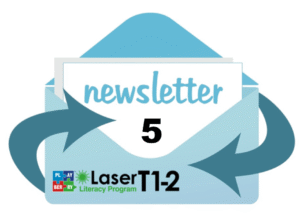
Playberry Laser T1-2 Newsletter 5
In this edition:
To Stream or Not to Stream? … Tier 2 Training … Phase 0 Training … Literacy Leaders” Session … NEW Phase 2 Structured Writing Resources …
… Explicit Maths Program (EMP) Discount … Ollie Lovell & Craig Barton Maths PD discount … Tier 2 Games Packs Pre Orders … Extra Reading Revision Slides and Worksheets (Phase 1 and 2)
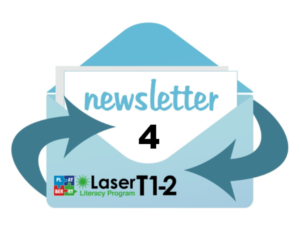
Playberry Laser T1-2 Newsletter 4
In this edition:
Tier two progress monitoring … Tier 3 Intervention …When to start Playberry-Laser: YESTERDAY! … When can we allow students to read non-decodable books? … Upcoming Nuts and Bolts training… Explicit Maths Program (EMP) Discount … Ollie Lovell & Craig Barton Maths PD discount…New teacher tips…
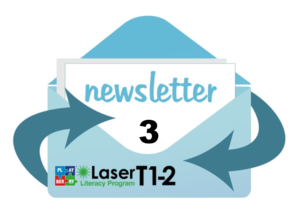
Playberry Laser T1-2 Newsletter 3
In this edition:
Tier 2 resources facelift, Changes to the platform, Updated phase spreadsheets and assessments, Explicit Maths training with Dave Morkunas.
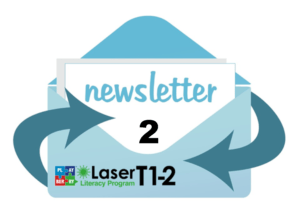
Playberry Laser T1-2 Newsletter 2
In this edition:
Assessment: There’s tests and then there’s tests! …
The difference between assessing reading and spelling…
New Assessments on the platform…
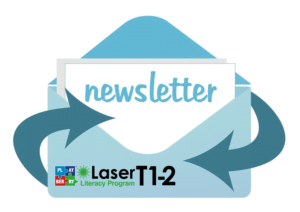
Playberry Laser T1-2 Newsletter 1
In this edition:
Additive Blending in Phase 1 …
Teaching Heart Words Well …
2025 Training Dates …
Phase 0 Has Lift-Off! …
Lesson Videos ….
We Have a How-to Section
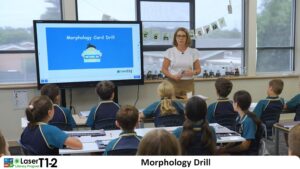
The downside of a quick start in structured literacy
Playberry Laser has freed teachers from having to create materials so they can get on with the job of teaching. This has a downside. When teachers are provided with materials, they miss the learning that comes with designing the instructional materials and because of this, miss important learning about ‘why’ of the ‘how’ we ask them to teach. This places a huge importance on leaders to know how the materials are to be used and to set up cycles of observation and feedback with teachers.
Leaders, where is where your schools need you to get brave!
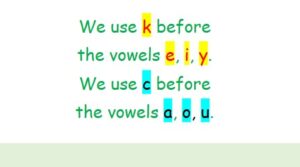
Why teach spelling rules?
There’s been some conversation recently about structured literacy programs that don’t teach the most important spelling rules (generalisations) to students. This leads to the broader conversation about whether spelling rules are an unnecessary distraction, and whether just teaching ‘more common’ and ‘less common’ spelling patterns is the way to go.
In this post, I discuss why at Playberry Laser T1-2 and Playberry T3, we place a strong emphasis on teaching spelling rules, and why failing to teach them dooms too many students to ‘safe’ spelling choices when it comes to writing.

Handwriting – Why Bother with Cursive?
Anna Gillingham (the ‘G’ in ‘OG’) advocated teaching cursive from the beginning and many specialist schools for students with Dyslexia do the same. In many European countries, cursive is taught from the beginning of schooling. In Australia, just mentioning cursive to a room of teachers will draw out all sorts of strong opinions and sometimes heated debate. Regardless of a school’s position on the teaching of cursive, we advocate for a school-wide approach to teaching handwriting.
Consistency is the greatest gift schools can give students when it comes to handwriting.

Rosenshine’s Principle 10 : Engage students in weekly and monthly review: Students need to be involved in extensive practice in order to develop well-connected and automatic knowledge.
Rosenshine’s Principles of Instruction are at the heart of how we teach in Playberry Laser. These principles have gained momentum, prompting us all to consider whether our teaching is compatible with human cognitive architecture. In this blog series I will unpack each of Rosenshine’s ten principles.

Rosenshine’s Principle 9: Require and monitor independent practice: Students need extensive, successful, independent practice in order for skills and knowledge to become automatic.
Rosenshine’s Principles of Instruction are at the heart of how we teach in Playberry Laser. These principles have gained momentum, prompting us all to consider whether our teaching is compatible with human cognitive architecture. In this blog series I will unpack each of Rosenshine’s ten principles.

Rosenshine’s Principle 8: Provide scaffolds for difficult tasks: The teacher provides students with temporary supports and scaffolds to assist them when they learn difficult tasks.
Rosenshine’s Principles of Instruction are at the heart of how we teach in Playberry Laser. These principles have gained momentum, prompting us all to consider whether our teaching is compatible with human cognitive architecture. In this blog series I will unpack each of Rosenshine’s ten principles.

Rosenshine’s Principle 6: Check for student understanding: Checking for student understanding at each point can help students learn the material with fewer errors.
Rosenshine’s Principles of Instruction are at the heart of how we teach in Playberry Laser. These principles have gained momentum, prompting us all to consider whether our teaching is compatible with human cognitive architecture. In this blog series I will unpack each of Rosenshine’s ten principles.
Rosenshine’s Principle 7: Obtain a high success rate: It is important for students to achieve a high success rate during classroom instruction.
Rosenshine’s Principles of Instruction are at the heart of how we teach in Playberry Laser. These principles have gained momentum, prompting us all to consider whether our teaching is compatible with human cognitive architecture. In this blog series I will unpack each of Rosenshine’s ten principles.

Rosenshine’s Principle 5: Guide student practice: Successful teachers spend more time guiding students’ practice of new material.
Rosenshine’s Principles of Instruction are at the heart of how we teach in Playberry Laser. These principles have gained momentum, prompting us all to consider whether our teaching is compatible with human cognitive architecture. In this blog series I will unpack each of Rosenshine’s ten principles.

Rosenshine’s Principle 4: Provide models: Providing students with models and worked examples can help them learn to solve problems faster.
Rosenshine’s Principles of Instruction are at the heart of how we teach in Playberry Laser. These principles have gained momentum, prompting us all to consider whether our teaching is compatible with human cognitive architecture. In this blog series I will unpack each of Rosenshine’s ten principles.

Rosenshine’s Principle 3: Ask a large number of questions and check the responses of all students: Questions help students practice new information and connect new material to their prior learning.
Rosenshine’s Principles of Instruction are at the heart of how we teach in Playberry Laser. These principles have gained momentum, prompting us all to consider whether our teaching is compatible with human cognitive architecture. In this blog series I will unpack each of Rosenshine’s ten principles.

Rosenshine’s Principle 2: Present new material using small steps
Rosenshine’s Principles of Instruction are at the heart of how we teach in Playberry Laser. These principles have gained momentum, prompting us all to consider whether our teaching is compatible with human cognitive architecture. In this blog series I will unpack each of Rosenshine’s ten principles.

Rosenshine’s Principle 1: Daily Review
Rosenshine’s Principles of Instruction are at the heart of how we teach in Playberry Laser. These principles have gained momentum, prompting us all to consider whether our teaching is compatible with human cognitive architecture. In this blog series I will unpack each of Rosenshine’s ten principles.
